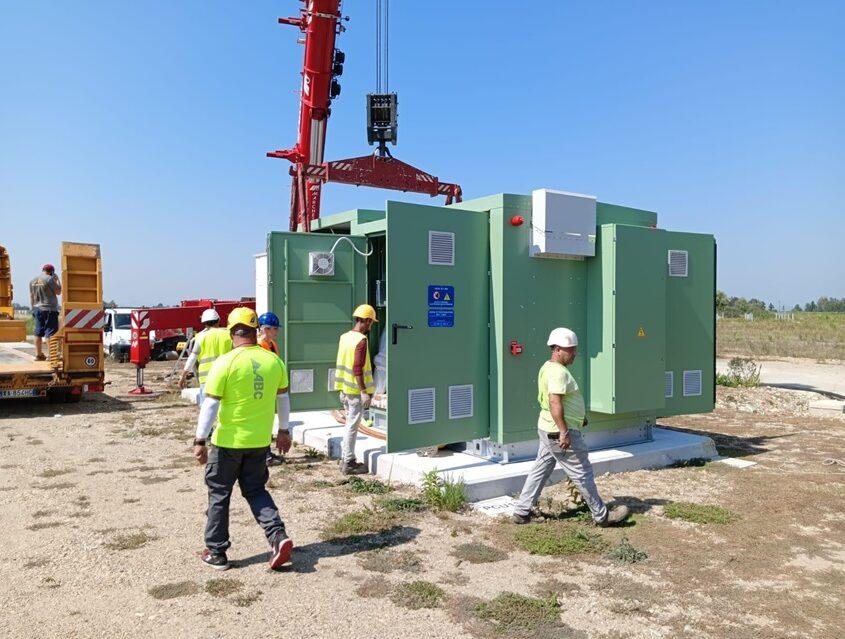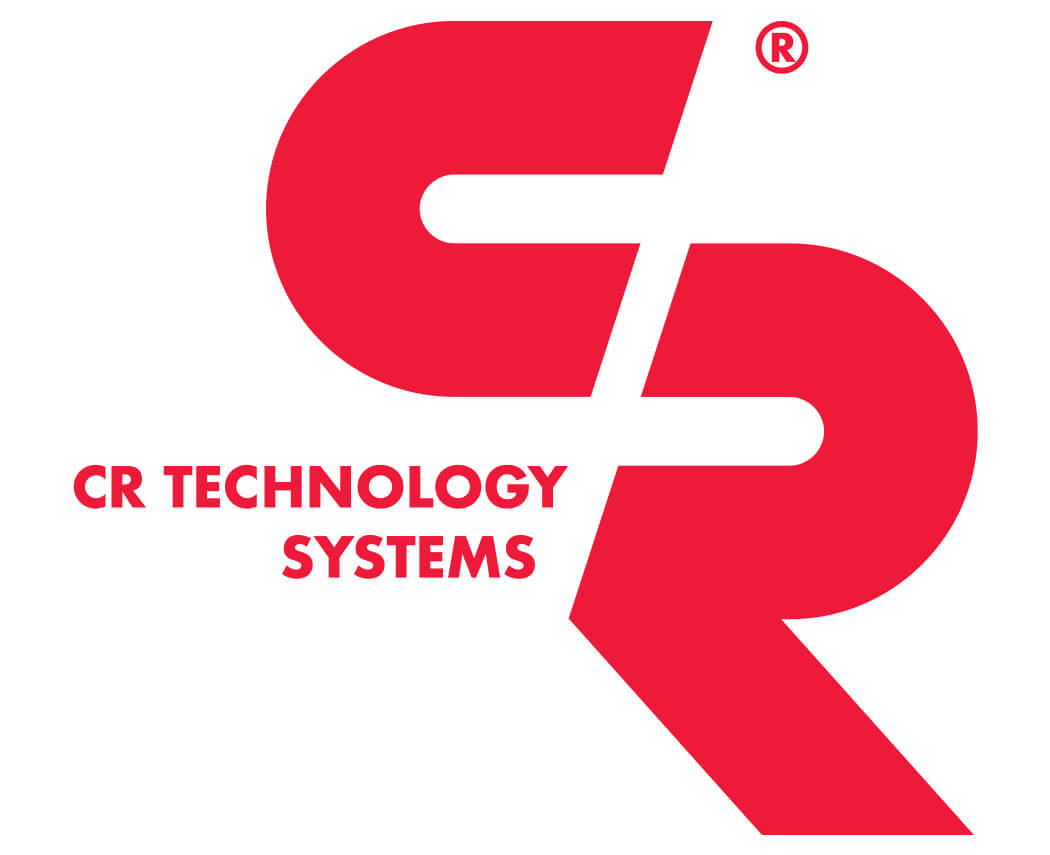In the industrial world, the service is often associated with technical interventions, maintenece, assistance. However, behind this word there is a much wider universe, made up with relationships, transversal skills, intuition and problem-solving. It is a job that requires technique, of course, but also empathy, vision, and abitlity to adapt.
Service in the energy sector
For companies like CR Technology Systems, that work in the electricity sector, it is essential to always be updated on new technologies and trends. Indeed, it is a market subject to strong flexibility in the current scenario, in constant evolution.
A crucial element is therefore to integrate dynamic skills within the company. Among these, service is one of the most requested. It is a reverse engineering work that starts from the study and analysis of an existing system, in order to expand, modify, improve or modernize electrical plants, substations, or single components such as switchgears.
In this area, the skills required to our engineers are transversal: mechanical, electrical, logistical, but also relational. It is important to manage spare parts, to elaborate predictive maintenance proposals, to identify critical parts and, above all, to know how to listen to the customers. It requires problem-solving, the ability to work under pressure, rapid intervention, and constant attention to the customer. The real added value is precisely this: being a concrete, quick and effective point of reference.
Providing service does not only mean intervening when something breaks. It is much more: it is being a 360-degree point of reference for the customer, at any stage of the life cycle of a system. It could be a simple request for technical documentation, the urgent resolution of a fault, or a study on modifications or improvements to adapt the system to the new operational needs of the customer.
We have asked to Andrea Tiechcer, Customer Service Rapresentative, which are the main cchallenges he meets when working on exhisting plants, often obsolate. “One of the major challenges is to finding information: the paper documents are often incomplete or difficult to find, and it happens that referents of the original projects no longer work in the company. This slows down the initial phase of diagnosis and problem resolution. In these situations, customer support in the field is essential: even small details or indications collected on site can make the difference.”
“The issue becomes even more complicated” adds Tiechcer “when you need spare parts that are no longer in production. In this case the creativity and adaptability come into play: you have to be able to find alternative solutions or rethink parts of the plant to integrate more modern components. you have to be able to find alternative solutions or rethink parts of the system to integrate more modern components. No two situations are the same: each system is a new challenge that requires ingenuity, experience and a good dose of flexibility.”
Knowing how to collaborate with the customer
Collaboration with the customer is essential, in every pahse of work: from the preparation of the project, to its commissioning. And we are not just talking about technical alignment, but above all about communication. Because unexpecated events happen, it is inevitable, but if they are addressed together, with transparency and timeliness, they become managable.
This is why I believe it is essential for the client to always have a clear reference, someone to talk to in case of doubts or critical issues. Having a single interlocutor, who then moves internally to coordinate the various company functions, really makes the difference. It is essential for the entire company to work as a team: everyone has a role, but a shared vision is needed to carry out an intervention in a fluid and effective way.
The future of service: digital, predictive and connected
In the coming years, the role of service will be more and more strategic. With the progressive aging of the systems, the need for targeted intervention will increase, not only corrective, but also predictive. Preventing problems, rather than chasing them, will be the key to ensuring operational continuity and safety.
Predictive maintenance, enhanced by intelligent sensors and monitoring tools, will have an increasingly greater weight. It is the natural direction in which the sector is moving, following the digitalization process that now involves every industrial sector. In this scenario, it will be increasingly necessary for those who work in the service, to be updated on technology innovations and ready to interpret the need of the market. But alongside technology, internal organization will also remain fundamental: knowing how to manage information, document precisely, respond quickly. That is where the real difference is made.
In conclusion, doing service is much more than repairing: it is listening, observing, analyzing, choosing. It is being close to the customer in a journey made of trust, presence and ability to adapt to change. It is a technical job, yes, but first of all it is a human job. And perhaps this is what makes it so stimulating, day after day.

